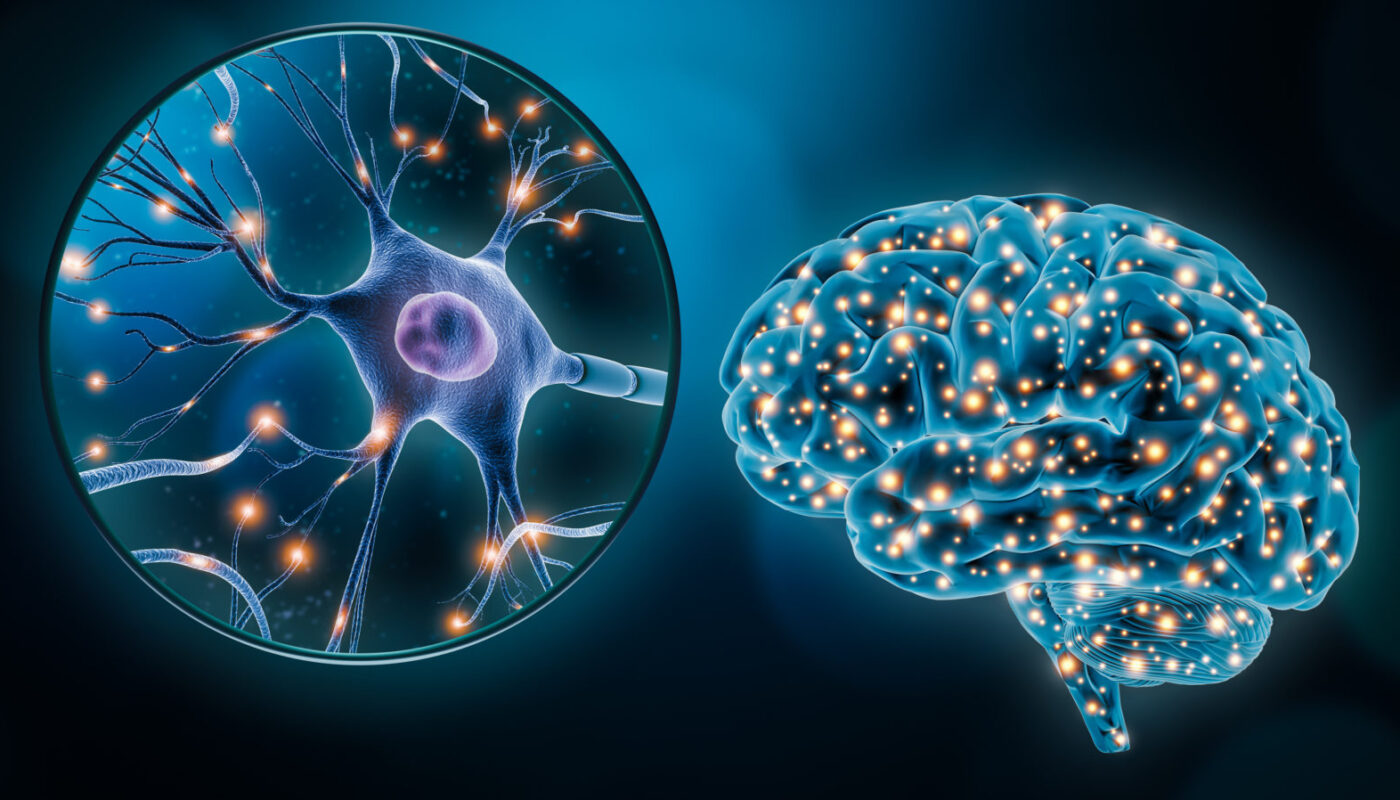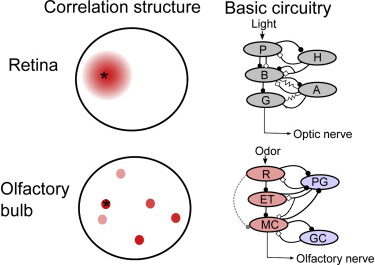Two separate projects conducted by researchers at Karolinska Institutet have resulted in the creation of the most comprehensive atlases of human brain cells to date. These studies, published in Science, not only provide valuable insights into various brain diseases but also hold promise for future medical advancements, such as the development of new cancer drugs.
Understanding the composition of the healthy brain, the distribution of different cell types, and the process of brain development from the early embryo stage is crucial for a better understanding of how diseases arise. While there are advanced atlases available for the mouse brain, a similar resource for the human brain has been lacking until now.
Professor Sten Linnarsson, from the Department of Medical Biochemistry and Biophysics at Karolinska Institutet, remarks that these projects have resulted in the creation of the most detailed cell atlases of the adult human brain and the brain during the first months of pregnancy. He explains that this work was like conducting a “brain-cell census.”
The first project was led by Kimberly Siletti and conducted in collaboration with the Allen Institute for Brain Science as part of the international Human Cell Atlas initiative. The researchers analyzed more than three million individual cell nuclei using RNA sequencing, a technique that reveals the genetic identity of each cell. Over 3,000 cell types were identified from just over a hundred regions of the brain, with approximately 80 percent being neurons and the remainder being different types of glial cells.
Interestingly, while previous research has mainly focused on the cerebral cortex, the researchers found the greatest diversity of neurons in the brainstem. Professor Linnarsson suggests that some of these cells may control innate behaviors, including pain reflexes, fear, aggression, and sexuality.
The second project focused on brain development during pregnancy. Emelie Braun and Miri Danan-Gotthold, in collaboration with the Swedish consortium for the Human Developmental Cell Atlas, analyzed over a million individual cell nuclei from 27 embryos at different stages of development. This study shed light on the chronological progression and organization of the entire brain during prenatal development.
Although these results stem from basic molecular biological research, they have the potential to pave the way for medical advancements. Professor Linnarsson’s research group has already used similar methods to study various types of brain tumors, including glioblastoma, a cancer with a poor prognosis. Their findings have revealed that glioblastoma cells resemble immature stem cells and display disorganized development. Further research could explore potential therapeutic targets based on these insights.
The created brain atlases will be made freely accessible to researchers worldwide. This will enable them to compare the brain diseases they are studying with the structure and development of a normally functioning brain. Ultimately, these atlases will contribute to a deeper understanding of brain diseases and help accelerate the development of targeted treatments in the future.
*Note:
1. Source: Coherent Market Insights, Public sources, Desk research
2. We have leveraged AI tools to mine information and compile it




